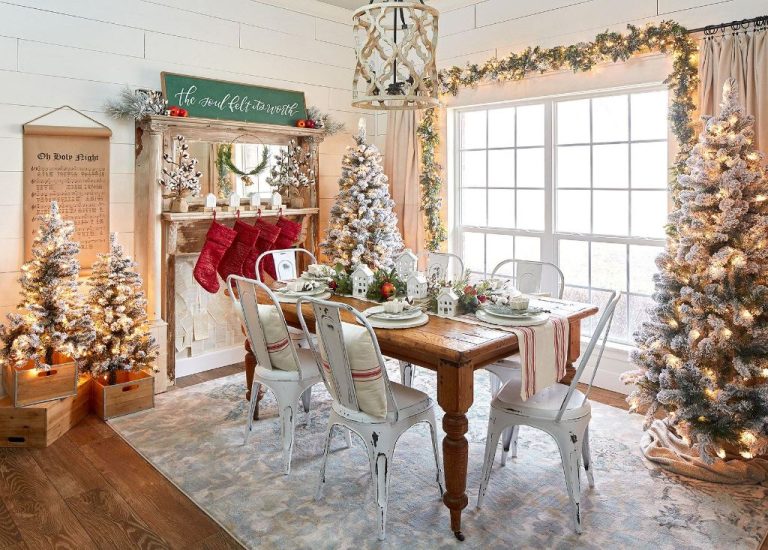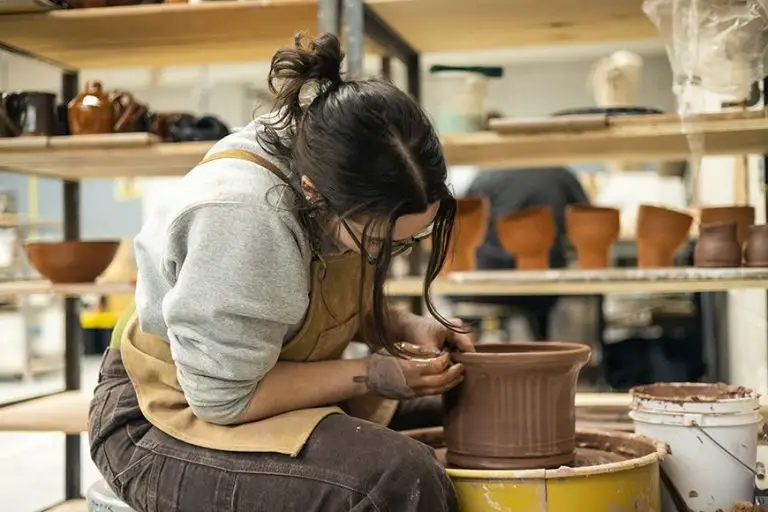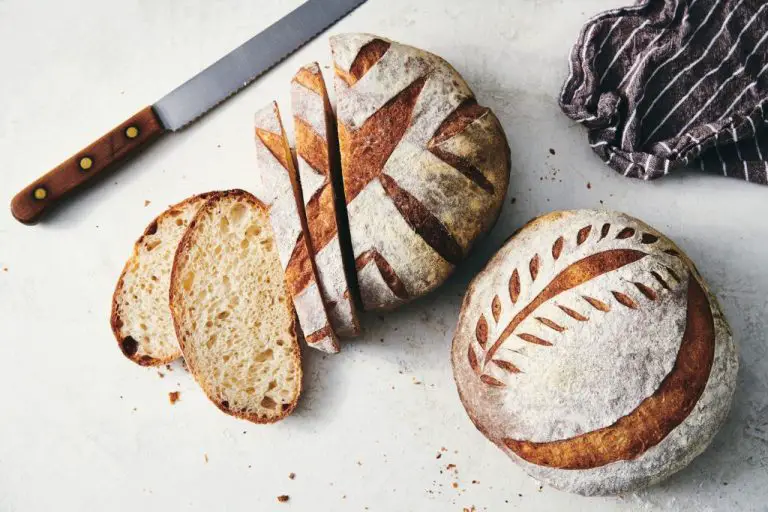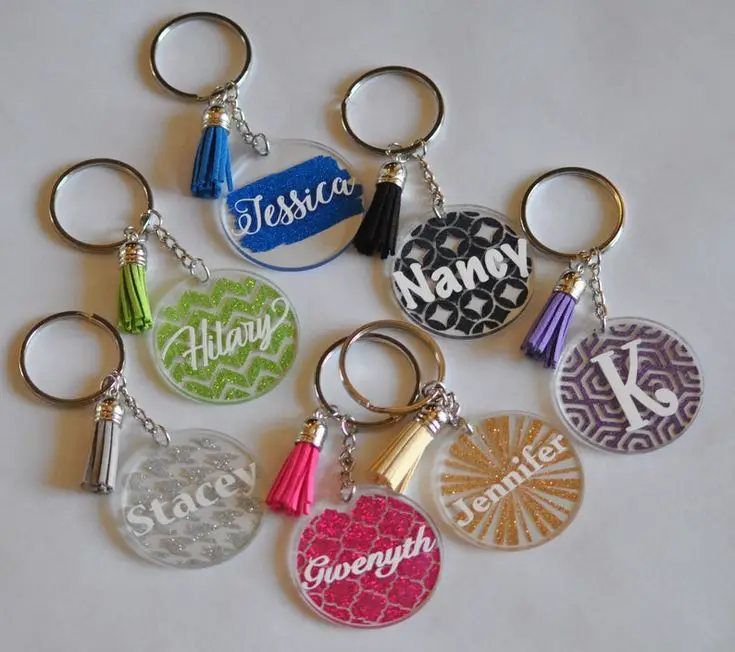What Is The Life Expectancy Of A Kiln?
What is a Kiln?
A kiln is a thermally insulated chamber used to heat materials to high temperatures to harden or dry them. Kilns have been used for centuries to produce pottery, tiles, and bricks. They are also used in various modern manufacturing processes.
The main purpose of a kiln is to achieve and maintain high temperatures by trapping heat. Kilns allow materials like clay and ceramics to be fired at high enough temperatures to permanently harden them. Firing ceramics requires temperatures between 1100°F to over 2300°F depending on the material and desired properties.
There are several types of kilns used for different applications:
- Electric kilns use heating elements and blowers to generate and distribute heat. They allow precise temperature control.
- Gas kilns burn natural gas or propane for heat. They can reach higher temperatures than electric kilns.
- Wood-fired kilns use wood as fuel. They produce effects on the ceramics from wood ash and flame.
- Raku kilns are small, portable kilns that allow rapid firing and cooling for a distinctive raku finish.
Kilns may be top-loading or front-loading. Some have car decks to hold multiple shelves of wares. Kilns are made from firebrick, ceramic fiber, or refractory materials that can withstand high heat.
Kiln Materials
Kilns can be constructed from various materials like brick, ceramics, and metals. Each material has its own advantages and disadvantages.
Brick is a common material used in kiln construction. Brick is able to withstand high temperatures and has good insulating properties. However, brick can be prone to cracking over time. Mortar may need regular repair and maintenance (https://www.academia.edu/114617290/KILNS_AND_FURNACES?uc-sb-sw=66024077).
Ceramics like firebricks are very resistant to heat damage. Ceramic kiln shelves can withstand repeated heating cycles. But ceramics are more brittle than brick and may chip or crack. Glazes and coatings are sometimes applied to improve durability.
Metals like iron or steel can be used to construct the outer structure of some kilns. Metals allow for lighter and more durable kiln designs. However, metals will warp and degrade at high firing temperatures. So the inner firing chamber still requires heat-resistant bricks or ceramics.
The optimal kiln design utilizes different materials in the right places. Heat-resistant ceramics line the inner firing chamber. Durable metals form the outer shell. Careful material selection improves kiln longevity and performance.
Kiln Lifespan Factors
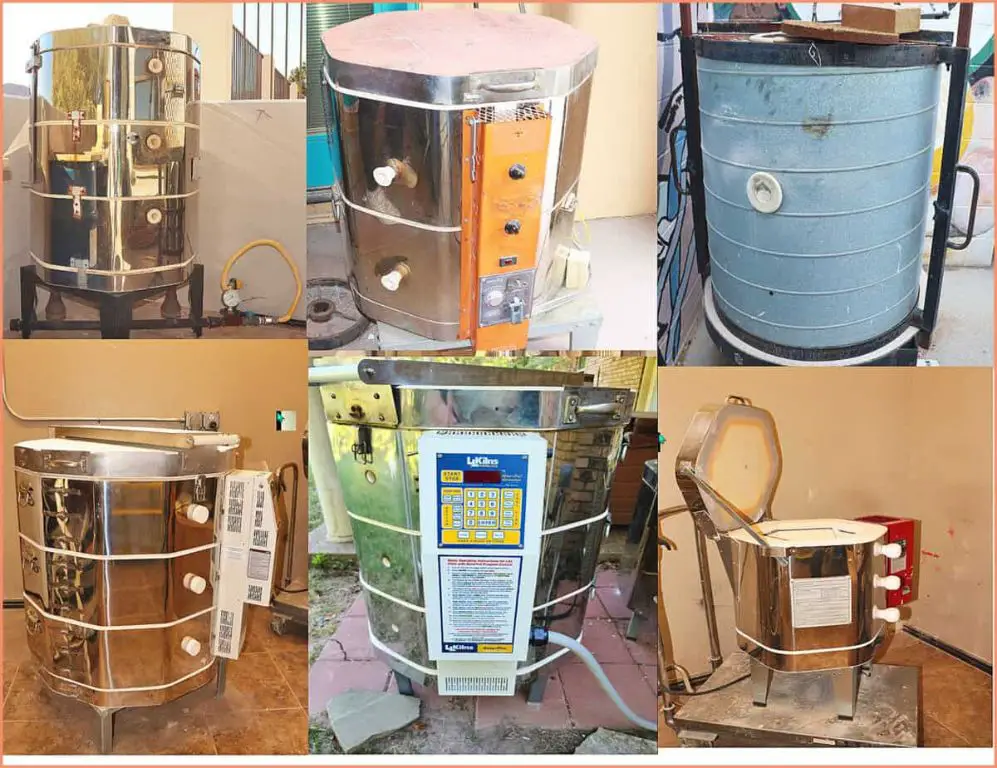
There are several key factors that impact the lifespan of a kiln:
Firing Temperature – Firing at higher temperatures puts more stress on the kiln elements and lining, reducing lifespan. Best practice is to fire at the lowest temperature needed for the process.
Workload – Frequent firing and overloading the kiln can lead to premature failure of elements and linings. Allowing proper cool down time between firings and not exceeding the kiln’s capacity will extend its lifespan.
Venting – Proper venting to remove fumes is critical. Fumes get deposited on elements and lining, accelerating deterioration. Following the manufacturer’s venting guidelines is recommended.
Maintenance – Regular maintenance like replacing worn elements and re-bricking lining allows a kiln to operate efficiently. Lack of maintenance leads to component failure and reduced lifespan.
Cleaning – Buildup of glaze or clay deposits can negatively impact element and brick life. Regular gentle cleaning following manufacturer guidelines helps prolong kiln lifespan.
Average Kiln Lifespans
Kilns can last for many years if properly maintained and repaired when needed. However, average lifespans vary widely depending on the kiln type, materials, and frequency of use.
Small electric kilns used for hobby ceramics tend to last 5-10 years on average. Larger electric kilns used in production pottery studios may last 10-15 years. Gas-fired kilns have an average lifespan around 15-20 years. According to one source, the heating elements need replacing every 1-2 years with frequent use.
The material of kiln construction also affects longevity. Kilns made from high-quality, durable refractory bricks tend to last longer than lower quality soft bricks. The warranty length for some kiln brands reflects expected lifespan, with 10 years for softer bricks and 20 years for high density refractory.
With proper maintenance and element replacement, some kilns can last 30 years or longer. But firing frequently at high temperatures accelerates wear. The lifespan also depends on the environment – dryer conditions cause more wear than a humid studio. Overall, 10-20 years is a reasonable expectation for most electric kilns in a production studio.
Increasing Kiln Longevity
Proper use, ventilation, maintenance, and repairs can help maximize the lifespan of a kiln. Here are some tips for increasing kiln longevity:
Use the kiln according to the manufacturer’s instructions. Do not overload it or fire it above the recommended temperature range. Overfiring can cause damage to the heating elements and brick lining.1
Make sure the kiln has proper ventilation. Good airflow removes fumes and prevents volatile materials from condensing inside the kiln. Clogged vents can lead to corrosion and element failure over time.2
Clean the kiln regularly by vacuuming out dust and debris. Buildup of dust and flakes inside the kiln can create hotspots that damage the lining or elements.
Lubricate the moving parts of the kiln according to manufacturer guidelines. This includes hinges, lid props, and element connections.
Inspect heating elements and replace any that are warped, corroded or no longer heating properly. It’s better to be proactive about element replacement than wait for one to fail mid-firing.
Check the brick lining and repair any cracks or missing pieces. The lining protects the outer metal shell from heat damage.
By properly using, ventilating, maintaining, and repairing a kiln, its lifespan can be significantly extended before requiring full replacement.
When to Replace a Kiln
Deciding when to replace a kiln can be a difficult decision. There are several signs that indicate it may be time for a new kiln:
Cracks – Cracks in the kiln lining or exterior can allow heat to escape, reducing efficiency. Large cracks may also impact the structural integrity of the kiln.
Element Failure – Over time, kiln heating elements will degrade and burn out. If elements are failing repeatedly, it likely indicates an aging kiln.
Efficiency – An old kiln that takes much longer to fire wares likely needs replacement. Check the kiln’s power draw – a significant increase over the years points to lowered efficiency.
Age – Kilns generally last 10-20 years with proper maintenance. If your kiln is older, replacement may be worthwhile even if other signs are not present yet.
Upgrades – Newer kilns often have improved insulation, heating elements and temperature controls. Upgrading can provide efficiency gains and easier use.
If you are noticing multiple signs of aging, it is a good idea to start planning for a kiln replacement. Getting good lifespan out of a kiln requires diligent maintenance, but replacement is inevitable. Planning ahead can save costs and downtime when the time comes. For more details on kiln lifespans, see this source.
Kiln Replacement Costs
The cost to replace a kiln can vary greatly depending on the type, size, and features of the new kiln. Small tabletop kilns can cost as little as $700, while large industrial kilns can cost $20,000 or more. Here’s an overview of replacement costs for common kiln types and sizes:
Tabletop kilns: $700 – $2,000. Small electric kilns good for hobbyists, studios, and schools firing at cone 6 temperatures. Comes in round or square shapes from 9”x6” to 20”x20” chamber size.
Medium electric kilns: $2,500 – $5,000. Larger electric kilns good for serious hobbyists, small production studios, and schools firing up to cone 10 temperatures. Chamber sizes from 20”x20” to 30”x30”.
Large electric kilns: $5,000 – $10,000. High production electric kilns for professional ceramic artists and commercial studios firing up to cone 10. Chamber sizes from 36”x36” to 48”x48”.
Extra large electric kilns: $10,000 – $20,000+. Giant electric kilns used by major ceramic manufacturers and industrial operations. Chamber sizes from 60”x60” and larger.
Gas kilns: $8,000 – $15,000. Gas-fired kilns can achieve higher temperatures and alternative firing effects like wood firing or raku. Good for professional ceramic artists.
In summary, replacing a basic hobbyist tabletop kiln may only cost $1000 or so, while replacing a large commercial electric kiln could cost $15,000 or more. Consider the intended use, capacity, and features when budgeting for a kiln replacement.
Disposing of Old Kilns
When a kiln has reached the end of its usable lifespan, proper disposal is important for safety and environmental reasons. Old kilns contain refractory brick and insulation that may contain asbestos or other hazardous materials.
The first step is to have the kiln tested for asbestos or other contaminants by a professional testing company. This will determine the proper disposal protocol. Non-contaminated kilns may be dismantled carefully by the owner or disposed of whole as construction debris.
For asbestos abatement, you must follow federal and state regulations for removal and disposal. An asbestos abatement professional should handle taking apart and disposing of contaminated kilns. The process involves protective equipment, air monitoring, and sealing the asbestos materials in leak-proof containers.
Kiln elements, switches and other wiring can be recycled. Refractory bricks may be reusable or disposable as solid waste. Metal kiln frames and hardware are recyclable as scrap metal.
Options for disposing of an intact, non-contaminated kiln include donating it, selling it for scrap, or taking it to a construction debris landfill. Always check local regulations for proper kiln disposal in your area.
Safely dismantling and disposing of old kilns takes time and care. With proper precautions, you can keep hazardous materials out of landfills and avoid environmental contamination from old kiln materials. For more information, see: How to Dispose of an Old Kiln
Improving Kiln Efficiency
There are several ways to improve the efficiency of old kilns so they perform better and last longer. Upgrading key components like the heating elements, insulation, lids, and ventilation can help maximize energy use and extend the kiln’s lifespan.
Replacing worn or outdated heating elements with newer, more efficient models allows the kiln to heat up faster and achieve higher temperatures. Advanced heating element materials like Kanthal wire can withstand higher heat with less energy required. Properly insulating the kiln with materials like ceramic fiber blanket helps retain heat and minimize energy loss. Adding extra insulation around the lid and bottom is especially important.
Upgrading to a tight-fitting, well-insulated lid prevents heat escape when loading and unloading. High-temperature gaskets around the lid seal in heat. Improving ventilation by adding extra peepholes or an exhaust fan prevents overheating and removes fumes. With simple upgrades like these, old kilns can be revitalized to perform like new.
Sources:
https://www.itccoatings.com/blog/2019/1/15/3-simple-ways-to-improve-kiln-performance-for-more-consistent-art-making
https://www.oldforgecreations.co.uk/blog/kiln-efficiency
The Future of Kiln Technology
New technologies and innovations in kiln design are continuously being developed to increase the lifespan, efficiency, and capabilities of kilns. Some key areas of development include:
Alternative heating methods – Technologies like microwave and induction heating are being explored as more energy-efficient alternatives to traditional electric or gas-fired kilns. Microwave kilns can achieve faster heating times while using less energy (1).
Automation – Kiln controls and software are improving to allow for more precise regulation of temperature curves and firing schedules. This can optimize energy use and reduce wear and tear on kiln components. Some kilns are incorporating artificial intelligence to self-adjust firing cycles (2).
New materials – The use of new insulating and refractory materials can improve heat retention and enable kilns to withstand higher temperatures. Advanced ceramics and coatings can increase lifespan by reducing corrosion and degradation of kiln surfaces.
Alternative fuels – Some kilns are transitioning to renewable energy sources like solar or biogas. This can reduce their environmental footprint. Waste heat recovery systems can also capture and recycle excess heat.
Modular/scalable designs – Kilns with modular or configurable chamber sizes allow for more flexibility and customization for different production volumes or products. Sections can be swapped in and out to suit changing needs.
Overall, new innovations seek to boost efficiency, durability, flexibility, and sustainability – all factors that can extend the effective lifespan of kilns. Technology will enable kilns to do more while lasting longer.
(1) https://medium.com/@heirloomcarbon/electric-kilns-how-an-old-technology-is-key-to-our-climate-future-1690bd9e5cfc
(2) https://www.linkedin.com/pulse/future-trends-developments-vertical-shaft-kiln

